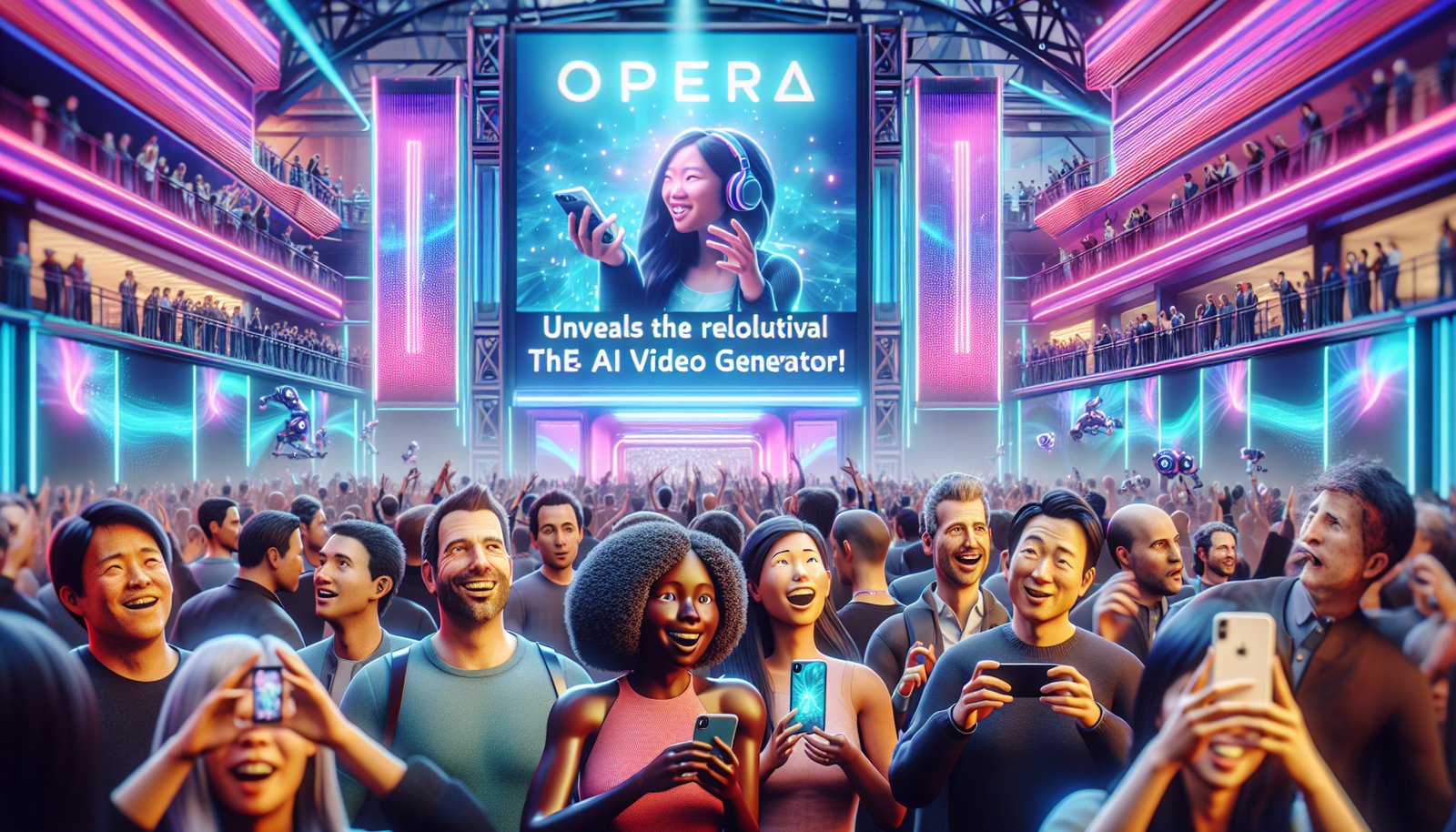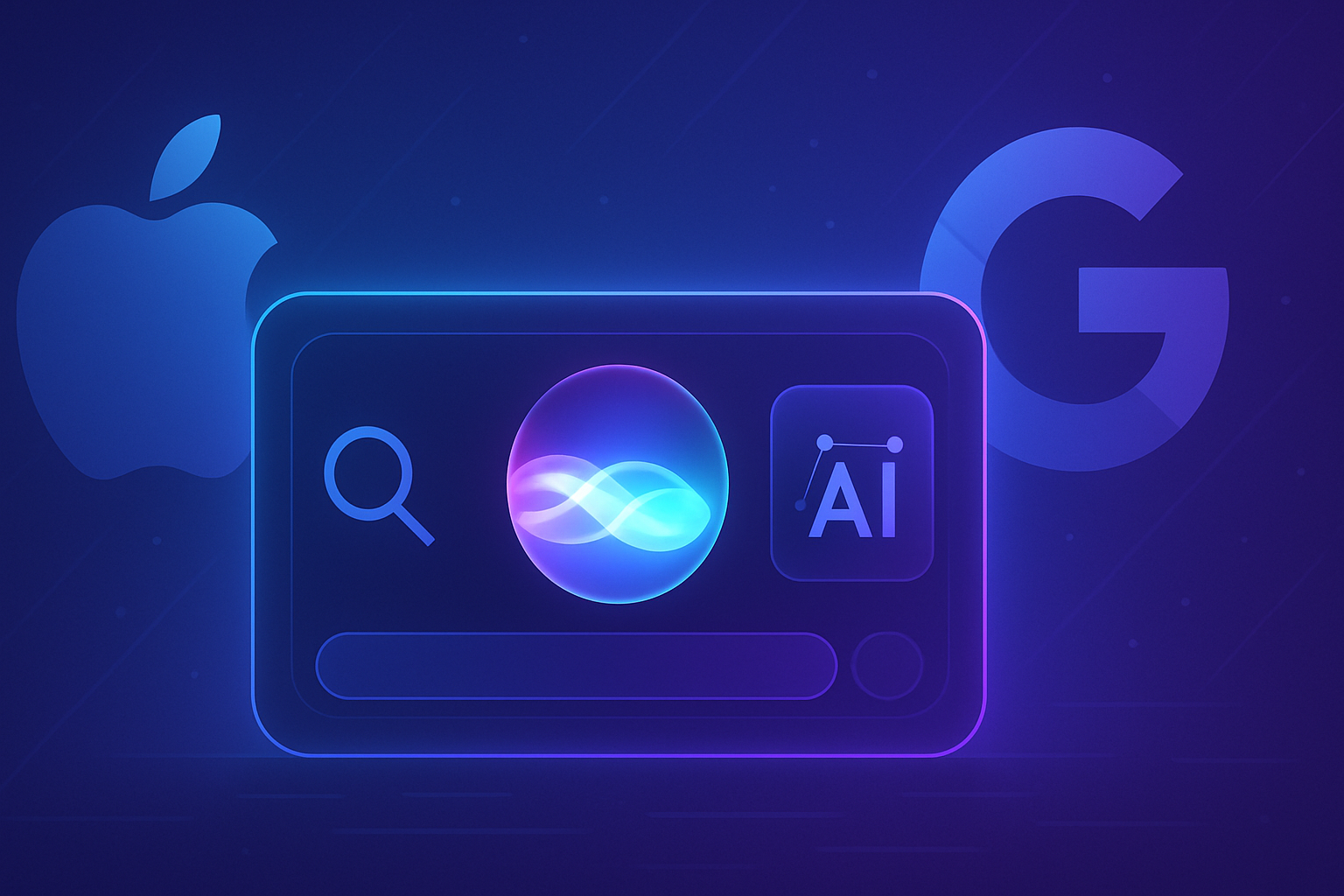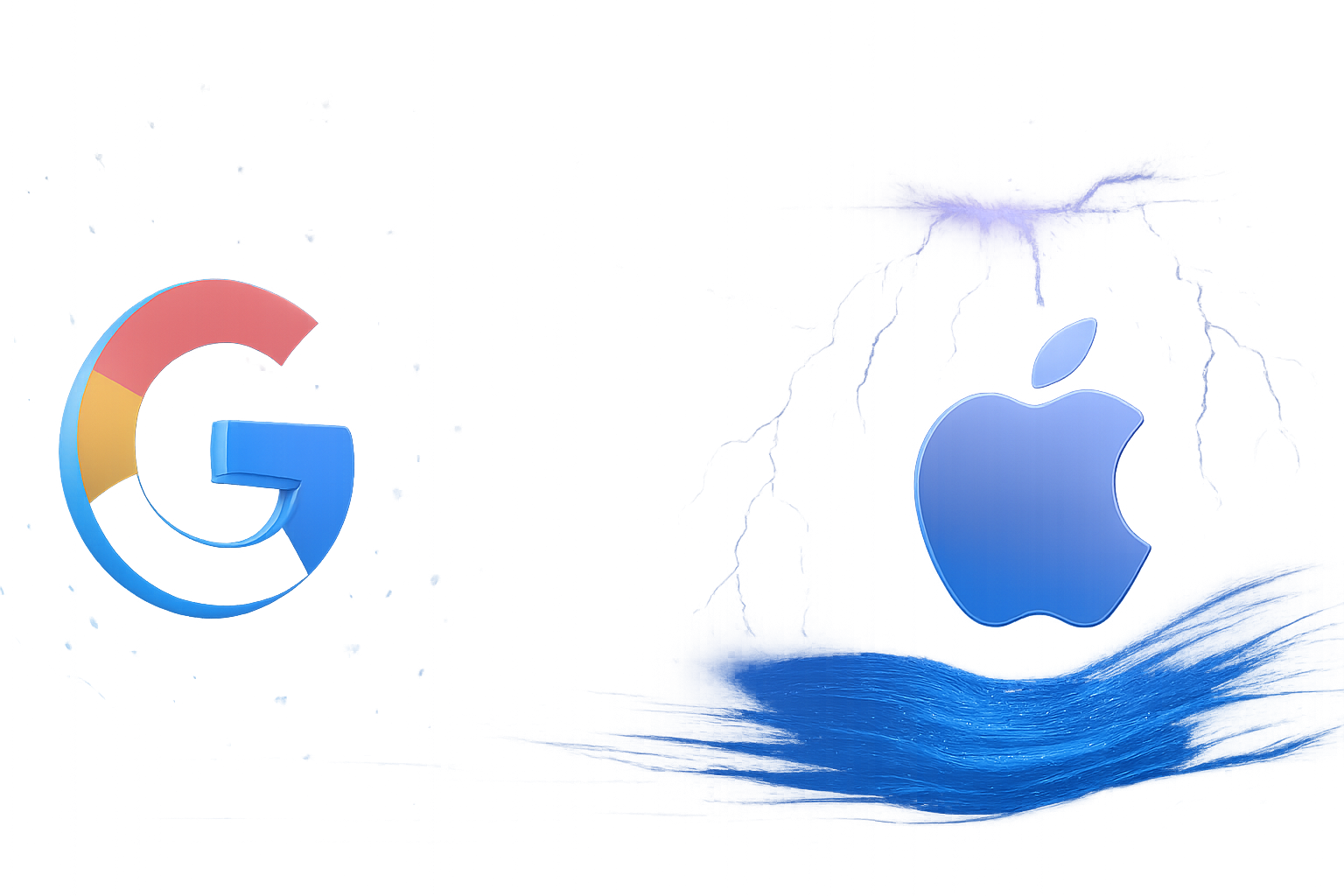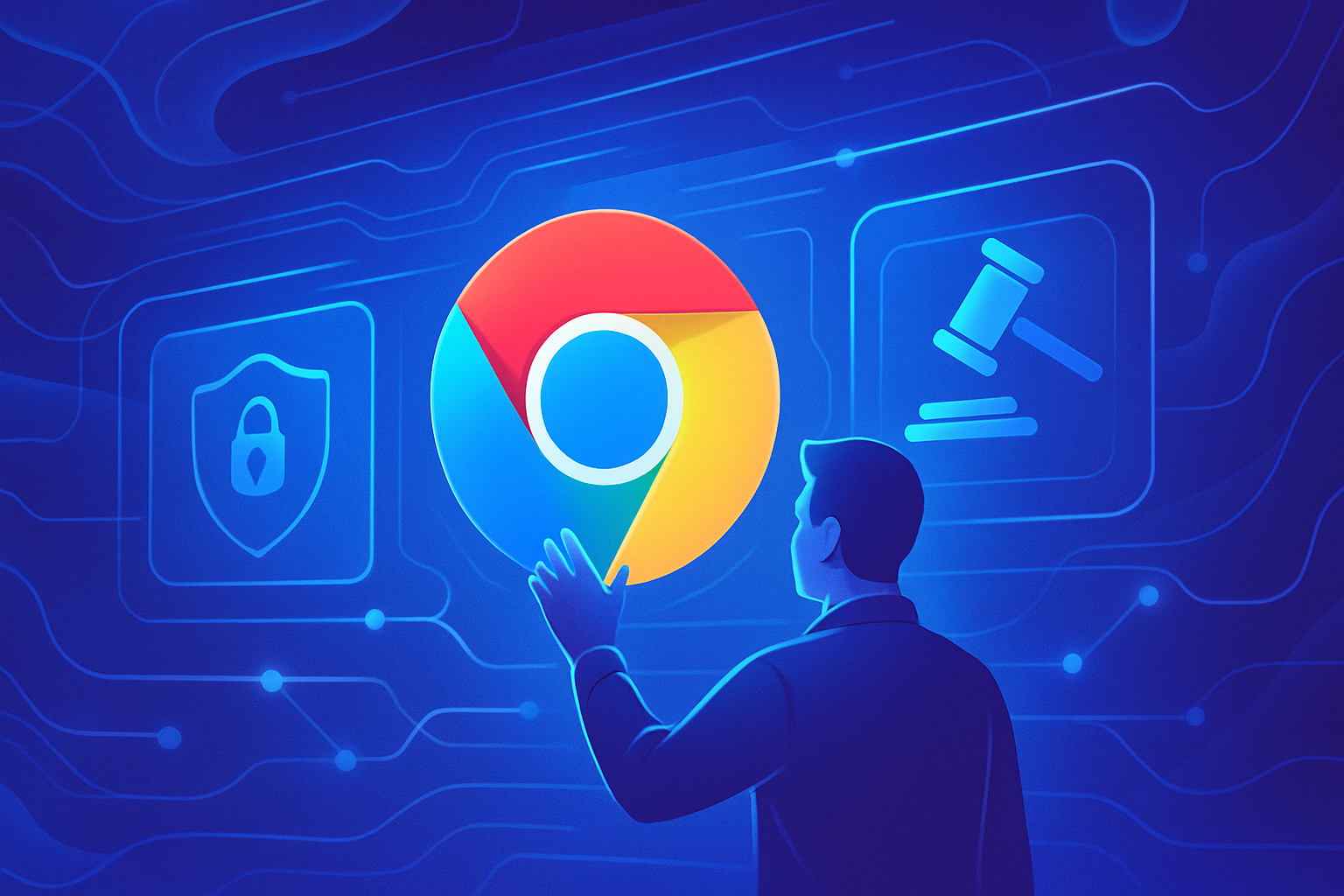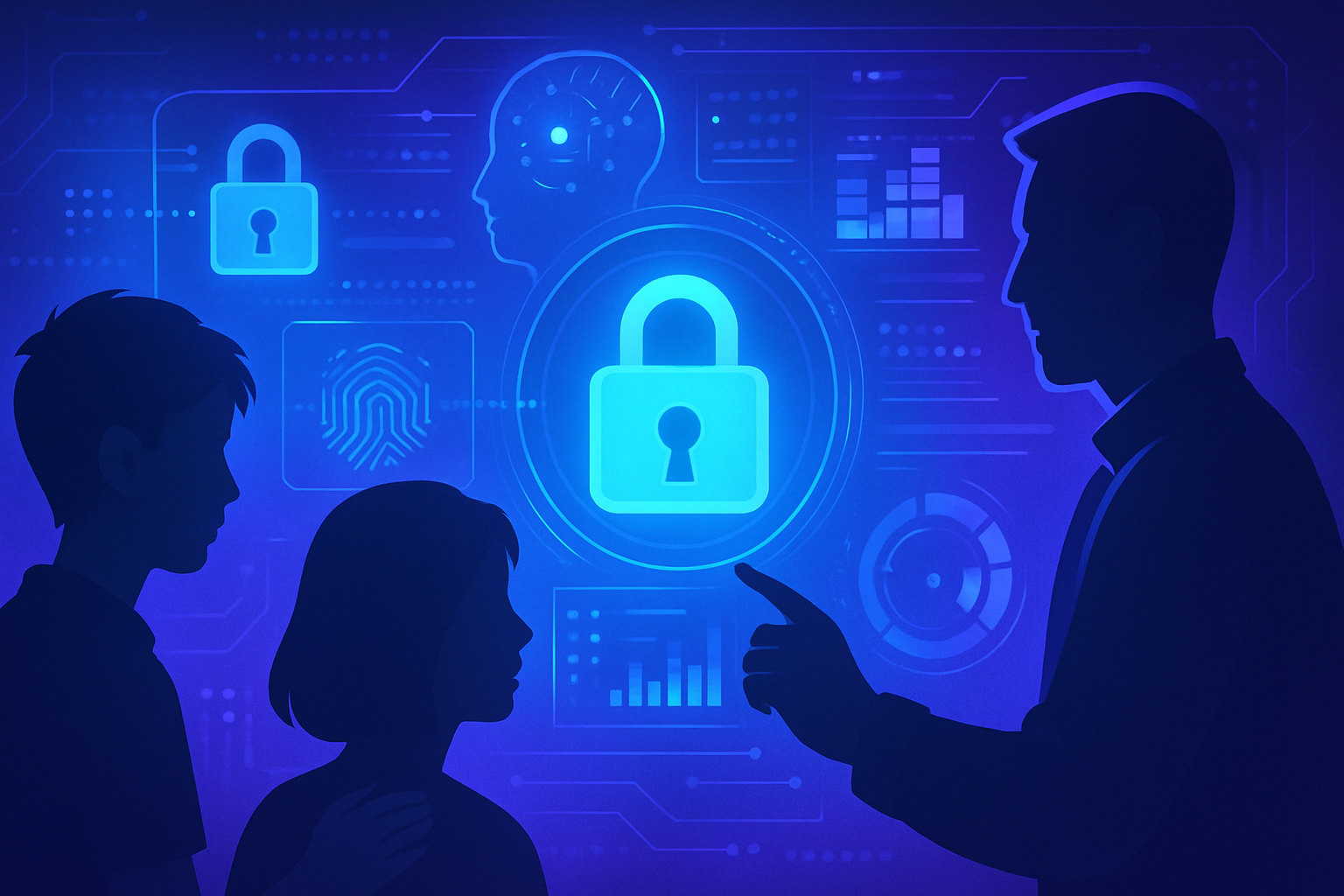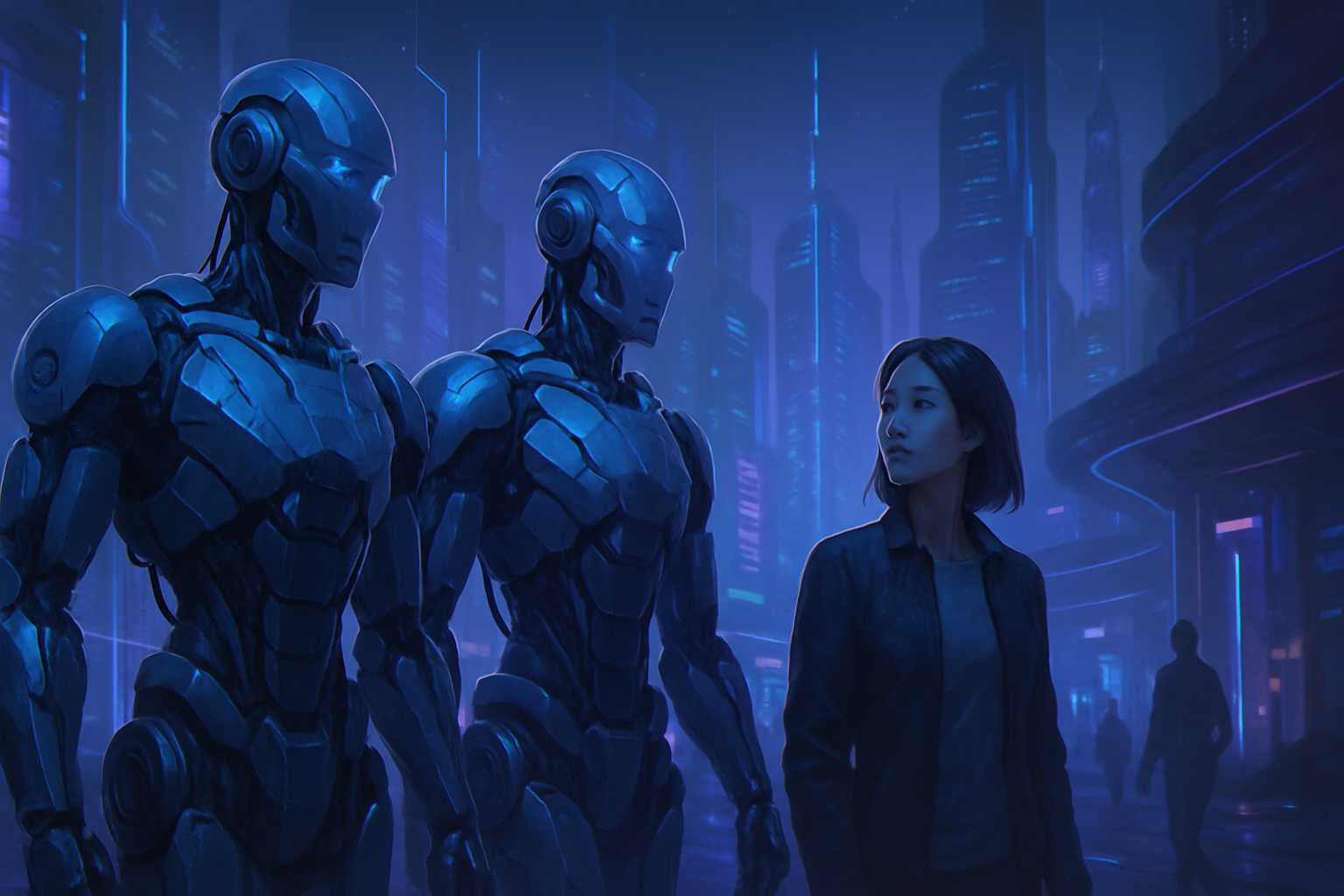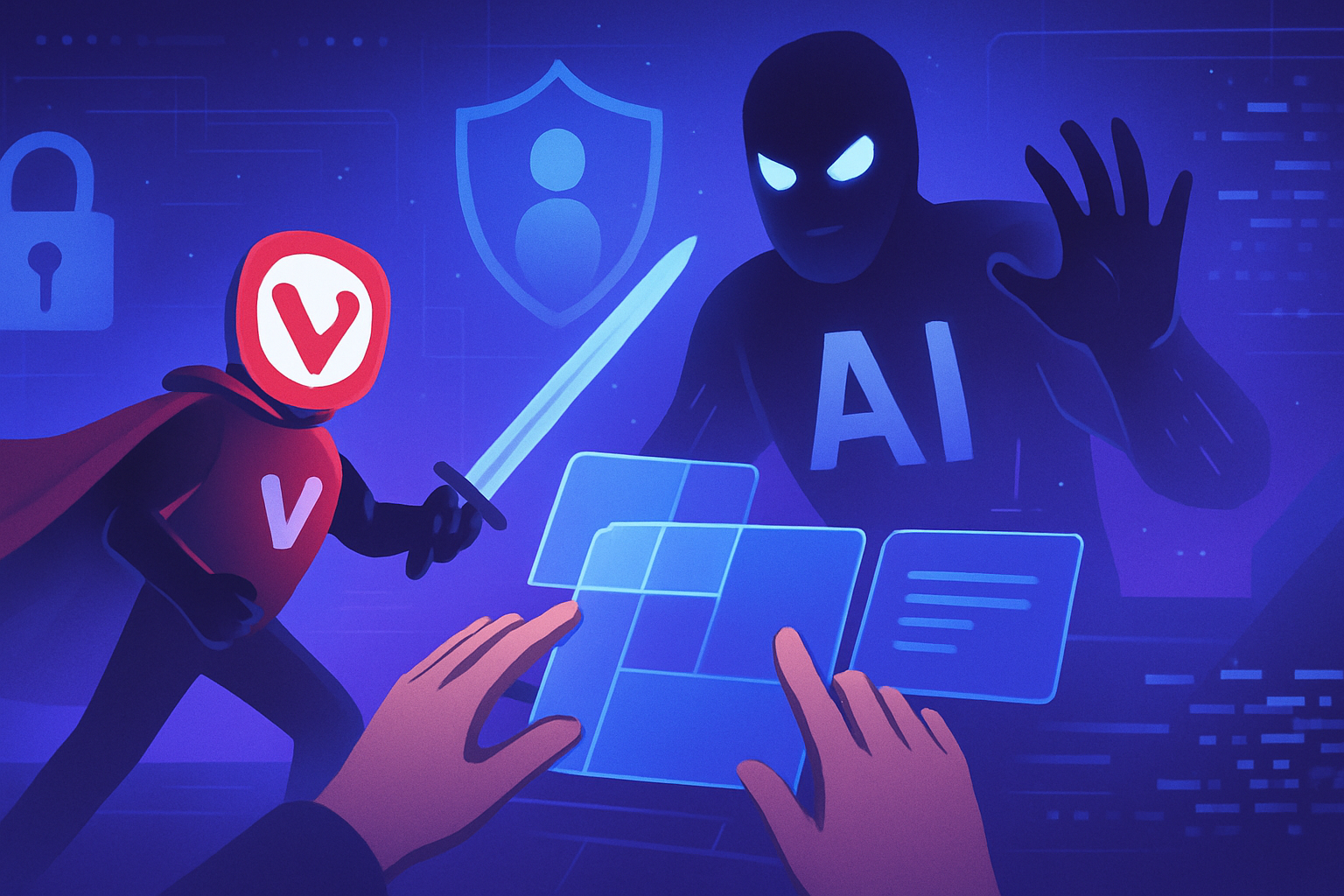OpenAI has launched its video generator by AI, Sora, making this revolutionary technology accessible to American creators. Designed to transform texts into videos, Sora offers a new dimension of visual storytelling. Its arrival raises fundamental questions about human creativity and the role of advanced technologies in artistic production. This launch represents a turning point in the field of digital content generation, potentially enriching for artists and developers. The impact of Sora on the industry could redefine the creative standards established so far, particularly within creative communities.
Public access to Sora
The AI video generator, Sora, developed by OpenAI, is now accessible to all users in the United States. Announced on Monday, this launch follows a limited testing phase that began in February of this year. During its introduction, the tool had been reserved for a small number of artists, film producers, and security testers. However, the influx of traffic caused registration difficulties, making access to Sora temporarily unavailable on the company’s official website.
Features of Sora
Sora functions as a text-based video generator. It allows users to create video clips in response to written prompts. An example provided on OpenAI’s site illustrates this capability with the prompt, “a wide serene view of a family of mammoths in an open desert.” The result shows three of these extinct creatures slowly moving through sand dunes. The technology highlighted by OpenAI aims to push the boundaries of video storytelling while opening new creative perspectives.
User testing and feedback
Expert critiques, including that of technology reviewer Marques Brownlee, report results that are both “horrifying and inspiring.” Testing revealed that Sora excels in depicting landscapes and stylistic effects. Nevertheless, challenges remain in the realistic portrayal of physics. Filmmakers who had access to a preliminary version also noted the presence of strange visual artifacts in Sora’s creations.
Implications and concerns
OpenAI is aware of the challenges related to the implementation of Sora. The company addresses compliance issues with legislation such as the Online Safety Act in the UK and the Digital Services Act in Europe. Recently, a group of artists temporarily suspended access to the generator when they exploited vulnerabilities in the system to make it available to everyone. This group, self-describing as the “Sora PR Puppets,” expresses its concerns about how OpenAI might undermine artists’ economic viability.
Ethical concerns and potential abuse
Generative technologies, while impressive, are also subject to abuse. Critics fear that tools like Sora could be used for disinformation, scams, or even the generation of deepfakes. In recent months, examples of manipulated videos featuring public figures have already emerged. Sora incorporates security measures, restricting the use of images of specific individuals and blocking inappropriate content, including materials related to sexual abuse.
Availability and geographic limitations
Sora is accessible to paying subscribers of OpenAI tools. Despite being available in the United States and in “most countries internationally,” the tool will not be deployed in the UK or other European countries due to copyright issues. This limitation raises questions regarding the expansion of AI technology and regulation of innovations created by the company on a global scale.
Future perspectives
OpenAI continues to innovate in the field of AI generation. It is also developing tools like voice cloning and has integrated an image generator, Dall-E, into ChatGPT’s features. The company, currently valued at nearly $160 billion, appears well-positioned to lead this technological revolution.
For more information on the evolution of this technology, explore related articles on OpenAI, such as sCM or other advancements in the field of video creation.
Frequently asked questions about Sora, OpenAI’s video generator
What is Sora?
Sora is an artificial intelligence-based video generator developed by OpenAI, capable of creating video clips from text descriptions provided by the user.
How can I access Sora?
Sora is accessible to all users residing in the United States with a subscription to OpenAI’s tools. It is not yet available in European Union countries or the UK.
What are the main features of Sora?
The main features include creating videos from descriptive texts, generating landscapes and stylistic effects, although it may have limitations in realistic physical representation.
Is Sora free or paid?
Sora requires a paid subscription to OpenAI’s services, but trials or temporary access may be offered.
What are the limitations of Sora?
Sora has restrictions on downloading specific content and blocks inappropriate content such as nudity or sexual abuse.
Does OpenAI plan updates to improve Sora?
Yes, OpenAI is continuously working to improve Sora and seeks to address compliance and performance issues reported by users and critics.
Who can use Sora?
Sora is primarily aimed at content creators, artists, and developers looking to explore new forms of video storytelling using artificial intelligence.
What are the risks associated with using Sora?
The risks include the possibility of generating false information or misleading content, as well as concerns related to copyright and intellectual property.
How does OpenAI ensure the safety of Sora users?
OpenAI imposes strict security policies and blocks forms of abuse, while working with regulators to ensure Sora complies with applicable laws.
When will Sora be available in other regions like Europe?
At the moment, no date has been announced for the extended availability of Sora outside the United States, as OpenAI must first resolve compliance and copyright issues.
